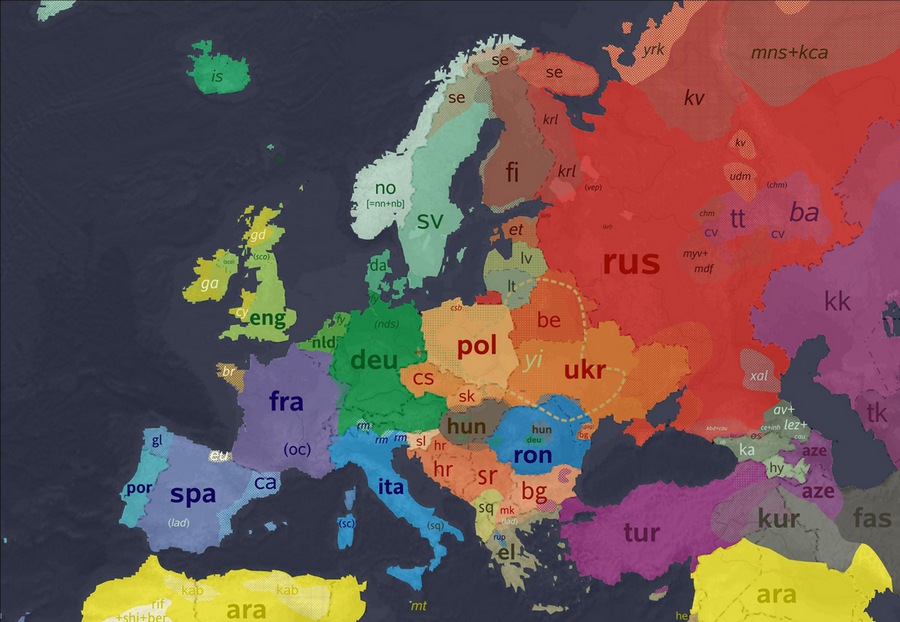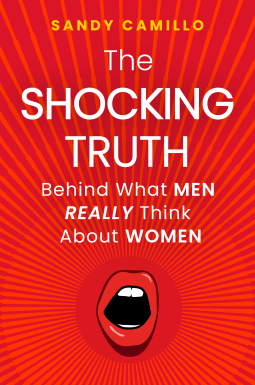Hallelujah! That's what I shouted when I first entered Romania.
It was September 2004 and I had spent the previous four months traveling in countries that spoke languages that were either Baltic, Slavic, or Martian (i.e., Hungarian and Albanian).
For many moons I was hopelessly illiterate: my knowledge of Romance languages was useless and my ludicrously simple Russian was futile.
Finally, I found an Eastern European language that felt familiar and easy. Sure, I only understood about 20 percent of it, but Romania felt like a Latin oasis in a Slavic desert.
The Romanian language brings up the tiresome defining-Eastern-Europe debate again. We've primarily used geography to define Eastern Europe, although we've also considered Eastern Europe's common historical connection to communism.
Still, there's another way to draw Europe's east-west dividing line: using the Catholic-Orthodox borderline. In that case, Lithuania, Poland, Hungary, Slovakia, Croatia, and Slovenia would all fall on the Catholic side, while Russia, Belarus, Ukraine, Romania, and much of the Balkans would fall in the Orthodox camp.
Such a division would be meaningful if Eastern Europeans took religion seriously. However, communism's atheistic tendencies diminished the importance of religion in most Eastern European countries (with the exception of Poland and Romania). In fact, Estonia, Latvia, and Czechia have more non-believers than believers. Thus, using religion as an Eastern European dividing line is inadequate.
Yet another way to draw the Eastern Europe border is by using the Slavic language. This would create a nice contiguous bloc if only Romania and Moldova were Slavic, but they're not.
To illustrate just how important language is, notice how Russia generally has better relations with Slavic Eastern European countries than the non-Slavic ones (Baltic, Albania, Hungary, Romania, and Moldova). Therefore, Romania ruins the potential contiguous linguistic unity in Eastern Europe because it is a Latin island in a sea of Slavs.
Roma (gypsy) market in Craiova, Romania. I spent an afternoon here meeting as many Roma as possible. Their story is in my book.
This is an excerpt of The Hidden Europe: What Eastern Europeans Can Teach Us.
Recommended reading
Read up about Romania in Wikipedia and Romania in the CIA Factbook.
Travel deals to Romania
Check my favorite travel sites:








